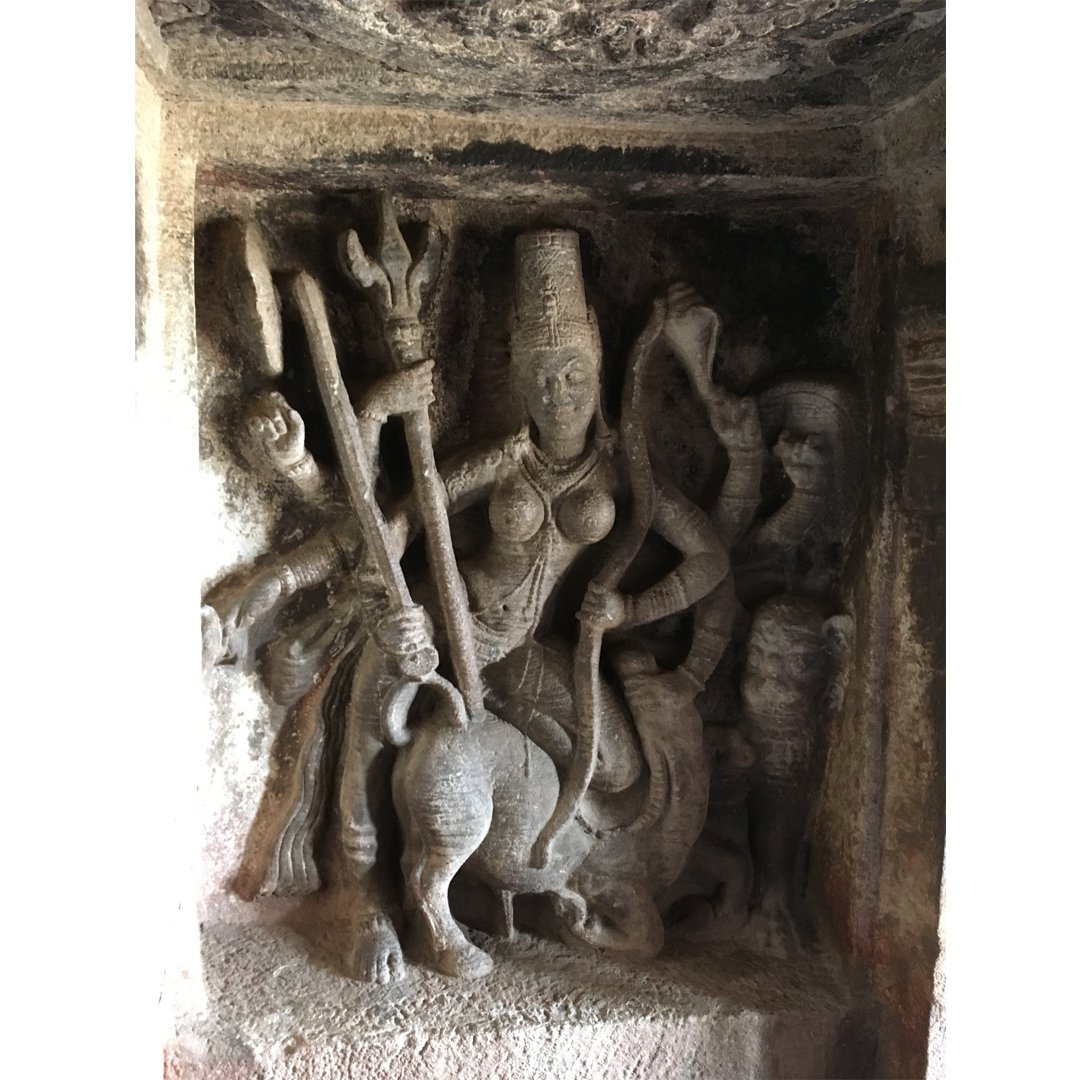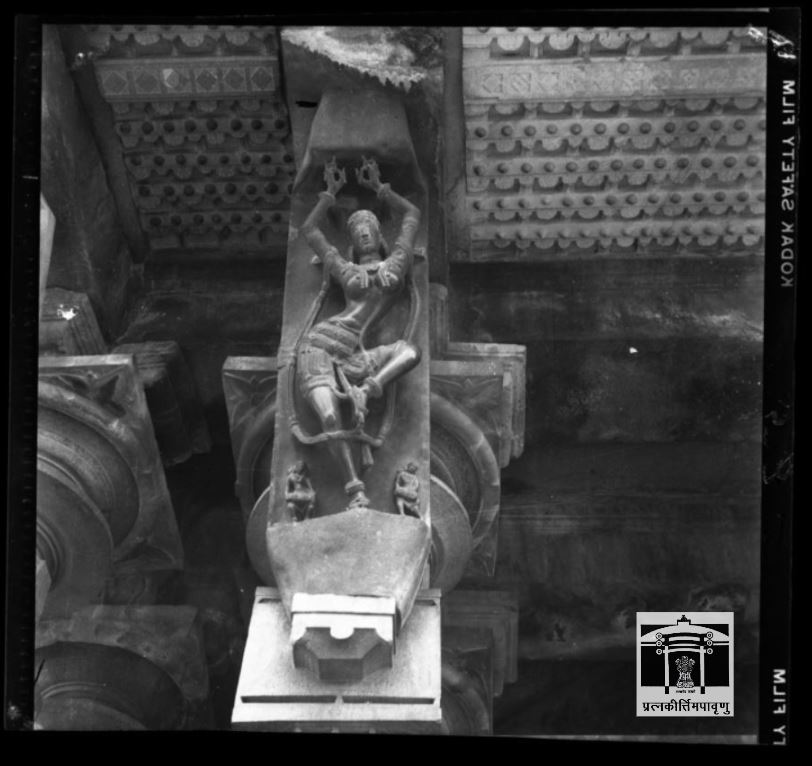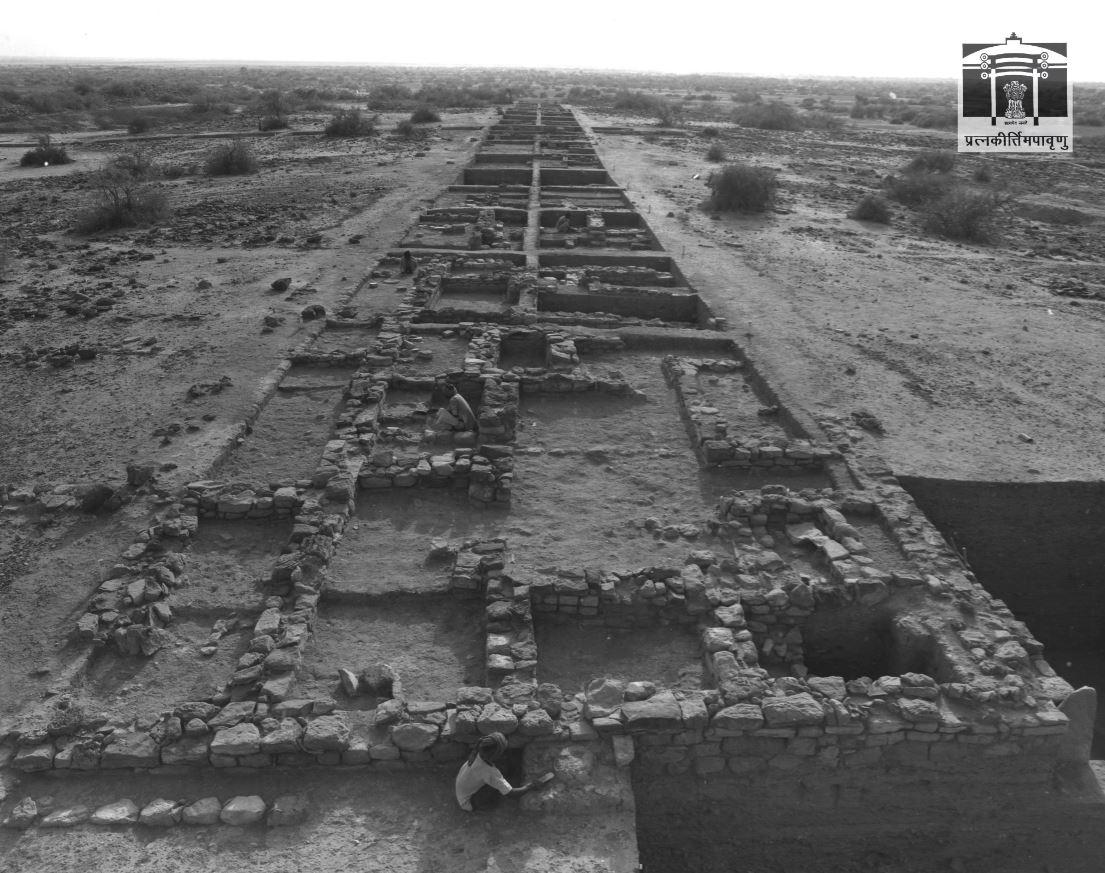Shiva, the supreme deity has been immersed in the consciousness of the millennia old civilization of the Indian subcontinent and Southeast Asia.The worship of Lord Shiva has been spread across time and space from the Pashupati seal to the Nataraja bronzes.From the KathKuni (1/22)
of the Himalayas to the Besara of the Karnatraka,from the Nagara style of central India to Kalinga style of Odisha, from the Chala style of Bengal to the Dravida style of Tamil Nadu,every region added to the vernacular skills and artistry to adorn the abode of the Adiyogi. (2/22)
As the nation celebrates the festival of Mahashivaratri, we bring to you some of the fascinating and most visited temples dedicated to Lord Shiva from the length and breadth of India which are being maintained by the Archaeological Survey of India.(3/22)
Group of temples at Jageshwar – Set against a backdrop of verdant mountains and sparkling Jataganga river which flows around on three sides, the temple site offers a picturesque view for the visitors. Adorned with more than 100 temples built at different (4/22) 



time periods, Jageshwar Dham is one of the most revered shrines in the hill state of Uttarakhand. Majority of these temples were mainly built during the reign of the Katyuri rulers of the central Himalayas. Each temple is a magnificent piece of art and offer breathtaking (5/22)
scenic view. The temple complex is named after the presiding deity Jageshwar, locally known as Jagnath, and is dedicated to Lord Shiva. The main shrine of Lord Jagnath dates back to the 8th century CE and faces west, consisting of a triratha sanctum from exterior with (6/22)
curvilinear shikhara over it. A small vestibule connects the mandapa which has pyramidal roof supported with pillars and plasters. It is said to have been remodelled by Adi Shankaracharya.(7/22)
Bhojeshwar Mahadev Temple-Standing tall on the banks of River Betwa,this huge temple at Bhojpur, Raisen houses a stunning colossal Shivalinga, which is one of the tallest in India. It was built during the 11th century CE by Raja Bhoja,the greatest ruler of Paramara dynasty.(8/22) 



The temple is square in plan with a large garbhagriha. The ceiling, supported on 4 huge monolithic pillars, is intricately carved with geometric and foliage patterns. The architectural drawings for further extensions of the temple,which had been carved on the rock surface (9/22)
during the construction of the temple along with a large ramp made up of rubble to move large architectural blocks to the upper levels of the temple, have become a great feature of attraction for the pilgrims and tourists visiting the temple. (10/22)
Shri Lingaraj Temple - Built during the Somavamsi rule in the 11th century CE, Lingaraj Temple in Bhubaneswar, Odisha, is dedicated to both Lord Vishnu and Lord Shiva, is a masterpiece of Kalinga architecture. The temple complex is home to about 120 shrines and reflects (11/22) 



centuries of architectural and artistic evolution. The towering deul has intricate carvings complemented by the jagamohana. The temple’s walls are richly carved with images of divinities and celestial being. The main tower is one of the tallest temples in eastern India.(12/22)
Siva Dole - Built by Queen Ambika Devi during King Siva Singha’s reign during 1714-44 CE, this 40-meter temple is the tallest among Assam’s Ahom temples. It follows an axial plan with a garbhagriha, antarala, and mukhamandapa. The shikhara is designed in rekha-nagara style(13/22) 



and is crowned with tiers of amalakas and topped with a kalasha. Temple’s exterior features intricate sculptures of deities and geometric patterns.The mandapa has a char-chala roof and amalaka tiers, typical of vernacular architecture of the Assam during the Ahom kingdom.(14/22)
Tryambakeshwar Temple - One of the 12 Jyotirlingas in India, this temple was built by Peshwa Balaji Bajirao between 1740to1761CE and underwent renovation under Ahilyabai Holkar in 1779.Designed in Bhumija-style, the temple has a garbhagriha,a square hall with three porches(15/22) 



a Nandi mandapa and a Dipmala. The exterior walls feature human figures, animal carvings, and floral motifs. The curvilinear tower over the sanctum is formed with rising miniature shikharas and purnakumbhas placed on the corner culminating into an amalaka capped with (16/22)
gilded finial and flag adorned with Nandi. The Tryambakeshwar Temple represents class and elegance of the Maratha architecture patronized under Peshwas. (17/22)
Rajarajeshwara Temple (Brihadeeshwara Temple), Thanjavur - Built around 1010 CE during the reign of the great Rajaraja Ist of the Chola empire, this Shiva Temple has been one of the most magnificent and tallest temples in ancient India. (18/22) 



Considered to be the epitome of the Dravida temple architecture, this huge temple complex is enclosed with two tall enclosure walls.Entered through two tall gopurams, the temple consists of garbhagriha, ardhamandapa, mahamandapa,a mukhamandapa and a separate Nandi mandapa (19/22)
This sandhara temple has a double wall with provisions for circumambulation in between. The exterior wall of the sanctum is divided into two storeys each consisting of niches housing innumerable sculptures, making it a veritable museum for iconographic study. (20/22)
The outer wall of the sanctum features numerous sculptures of Vishnu, Bhikshaytana, Lingodbhava, Chandrashekara, Ardhanarishwara, and more. The 13-tiered Shikhara is embellished with a large Kalasha on the top. (21/22)
@mygovindia
@mygovindia
First level of the Vimana is embellished with beautiful karanas of the Bharatnatyam.Some of the best specimens of Chola mural painting also add beauty to the cultural wealth of the temple.(22/22)
@narendramodi @PMOIndia @gssjodhpur @Rao_InderjitS @PIB_India @MIB_India @UNESCO
@narendramodi @PMOIndia @gssjodhpur @Rao_InderjitS @PIB_India @MIB_India @UNESCO
@narendramodi @PMOIndia @gssjodhpur @Rao_InderjitS @PIB_India @MIB_India @UNESCO @nsitharaman @incredibleindia
• • •
Missing some Tweet in this thread? You can try to
force a refresh














































